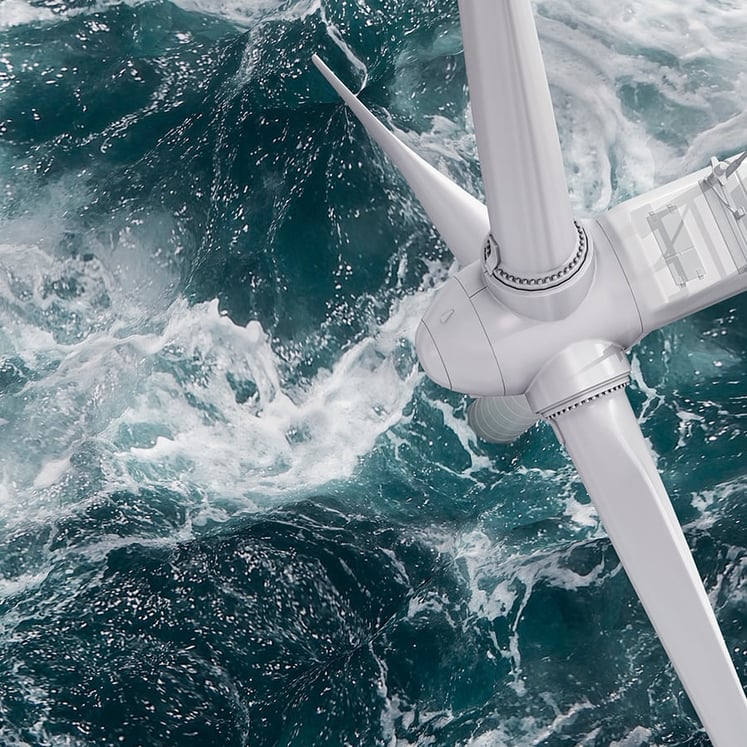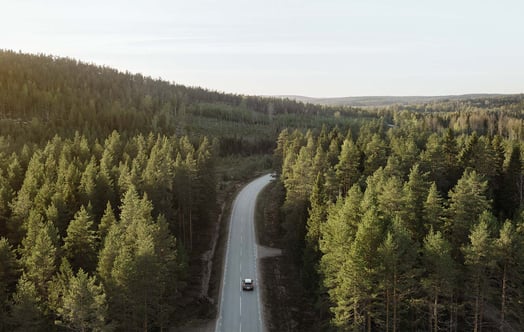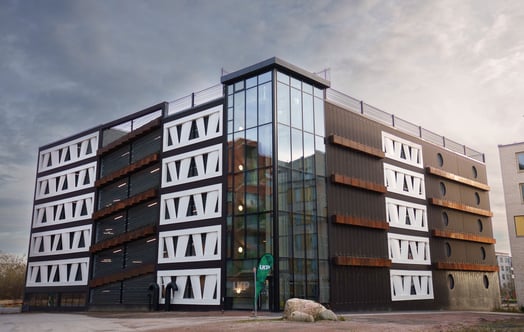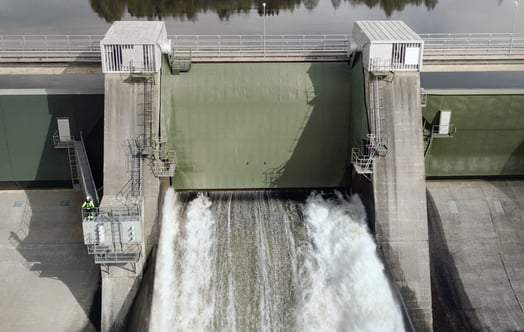We literally flush a huge part of produced energy right down the drain. But the hot sewage from you and your neighbours can be used to heat your shower water again - whilst also helping to achieve climate goals at the same time.
As buildings and electrical appliances become more and more energy efficient, attention is increasingly directed towards one of the biggest energy thieves in the home: the drain.
Hot water is second only to residential heating when it comes to household energy consumption. Although the water contains large amounts of thermal energy when it flows out of the sink or bathtub, it is an energy resource that has so far been almost completely wasted.
“Because new buildings require less and less energy for heating, hot water accounts for an ever-increasing share of the total energy demand for heating, in some cases up to 50 per cent,” says Dado Hadziomerovic, a senior research and development engineer at Vattenfall in the area of City Energy Systems. “Given the requirements that exist for new residential buildings to be environmentally certified, it is absolutely imperative that we stop letting the heat in wastewater go down the tubes.”
Almost all heat in the water can be recovered
One solution to recover the heat is to connect the drain to a heat exchanger. Gustav Arnberg at Vattenfall R&D has studied and analysed this technology in depth:
“A waste heat exchanger usually has an efficiency of up to 85 per cent. This means that wastewater with a temperature of 30 to 40 degrees Celsius can provide new hot water at temperatures nearly as high. Other advantages include a long service life and low maintenance costs,” he says
The "new" hot water can in turn be recycled into the property's heating system or fed into a district heating system. In some cases, the water temperature may need to be raised further by means of either district heating or a heat pump, but since the water has already come up in temperature, less additional energy is required to reach the level that may be needed in the individual case.
One of the numerous examples of use can be found in an residential area, Grüne Aue in Berlin, where Vattenfall constructed a system a few years ago, where wastewater is used as part of the heating system for 113 apartments by extracting the excess heat and feeding it into the area's own local heating network. This allows for the recovery of around 20 per cent, or around 150 megawatt-hours, of the total heat energy demand.
Register for our monthly newsletter THE EDIT
THE EDIT is Vattenfall's new monthly newsletter. Each issue highlights a new burning issue from the world of sustainable energy and fossil freedom.

Targeting the greatest potential
Older district heating systems in many cases require high supply water temperatures, above 80 degrees, to be delivered to the customer, while newer systems manage with lower temperatures of around 60 degrees. This development also contributes to the heat-recycling business case for waste water.
As with many other technical solutions, the greatest benefits stand to be gained for homes and areas where waste heat recovery has been part of the equation from the start. The greatest commercial potential is considered to be found in activities that produce significant volumes of wastewater, such as pool houses, hospitals, larger residential areas and hotels.
But even for those keen on taking advantage of the opportunity in their existing property, there are already a number of solutions on the market today.
The most common and easiest approach for smaller residential buildings is to install heat exchangers vertically along the drain pipe. Even more efficient is a heat exchanger that is placed horizontally, such as in a basement. The spatial demands are one drawback to this type of installation.
A third, more advanced variant is to collect the wastewater in tanks where the heat is extracted using rotary plates. Such a system can achieve a heat efficiency of 95 per cent, but also requires a block of flats with at least 200 residents in order to produce enough wastewater. A similar solution was employed in the Berlin example above.
An absolute necessity for tomorrow
One challenge these systems currently face is the fluctuation in the availability of sewage depending on where the system is installed, along with a significant variance in temperature of the waste water. Yet another challenge is that a biofilm can form inside the heat exchanger, reducing its efficiency over time.
“There are a number of challenges when it comes to extracting heat from wastewater that need to be solved in order for the technology to become truly useful and economically sustainable,” says Hadziomerovic. “At the same time, there are major benefits. Today, we are wasting enormous energy resources, and in the long run it will be absolutely necessary to get a proper handle on heat recovery of waste water.”




